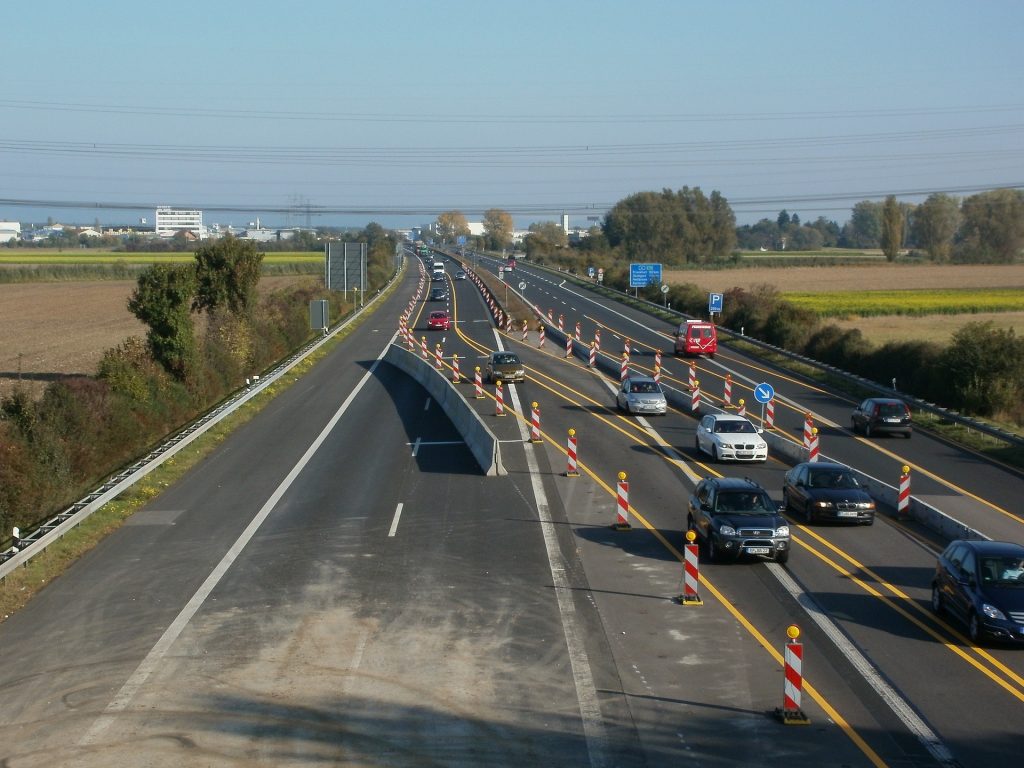
 In 2018, we saw the introduction of average speed check camera’s around the A64 roadworks in Yorkshire. The aim was to protect the workforce on site and enforce the temporarily reduced speed limit.
In 2018, we saw the introduction of average speed check camera’s around the A64 roadworks in Yorkshire. The aim was to protect the workforce on site and enforce the temporarily reduced speed limit.
The camera’s work by using automatic number plate recognition (ANPR) which records the vehicles number plate at each camera, with cameras placed at intervals along with roadworks. Using the distance between each camera position, the average speed of a vehicle can be calculated by the time taken to travel between two of the cameras. If this is above the set speed limit then the driver will incur a penalty.
Once the roadworks had ended, a freedom of information request revealed that almost 2,500 drivers were caught speeding by the cameras. This was over a 7 month period, which suggests that just over 11 drivers were caught per day, on average.
The large number of speeding motorists caught by the average speed checks could come down to several reasons. Many people simply don’t believe that they are active, and are dismissive of the signs, leading them to ignore the temporary speed limit change.
On the other hand, many drivers may be unaware of how these new cameras work, meaning more knowledge on the matter being needed.
We are all so used to looking out for the big yellow box, however, the average speed check cameras are much smaller and could be easy to miss if the driver loses concentration.
A Highways England spokesman said: “During the roadworks, the speed limit was reduced to 40mph while we replaced the 11 miles of safety barrier along sections of the A64 between Bramham and York, improving safety along this route. Safety is our top priority and the speed cameras and reduced speed limit were there to make journeys safer for drivers while sections of the central reservation were removed.”
“Although the majority of drivers kept to the speed limit, a number of people were caught exceeding the limit which not only put their own lives at risk, but those of other motorists and our workers who were there overnight, replacing the barrier.
